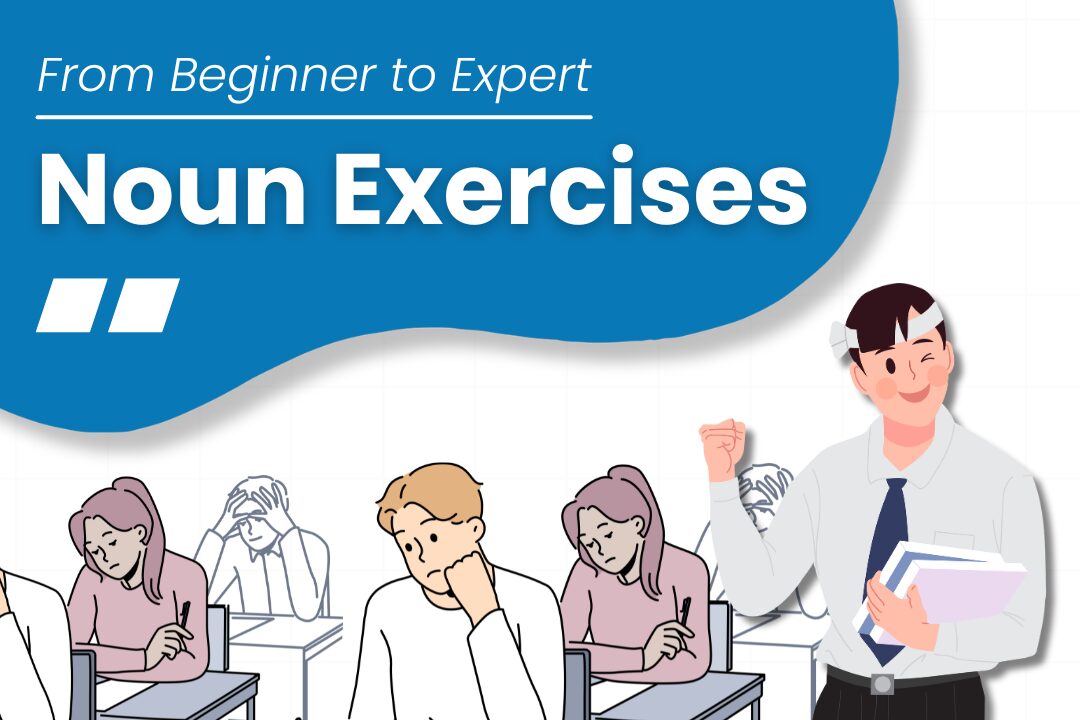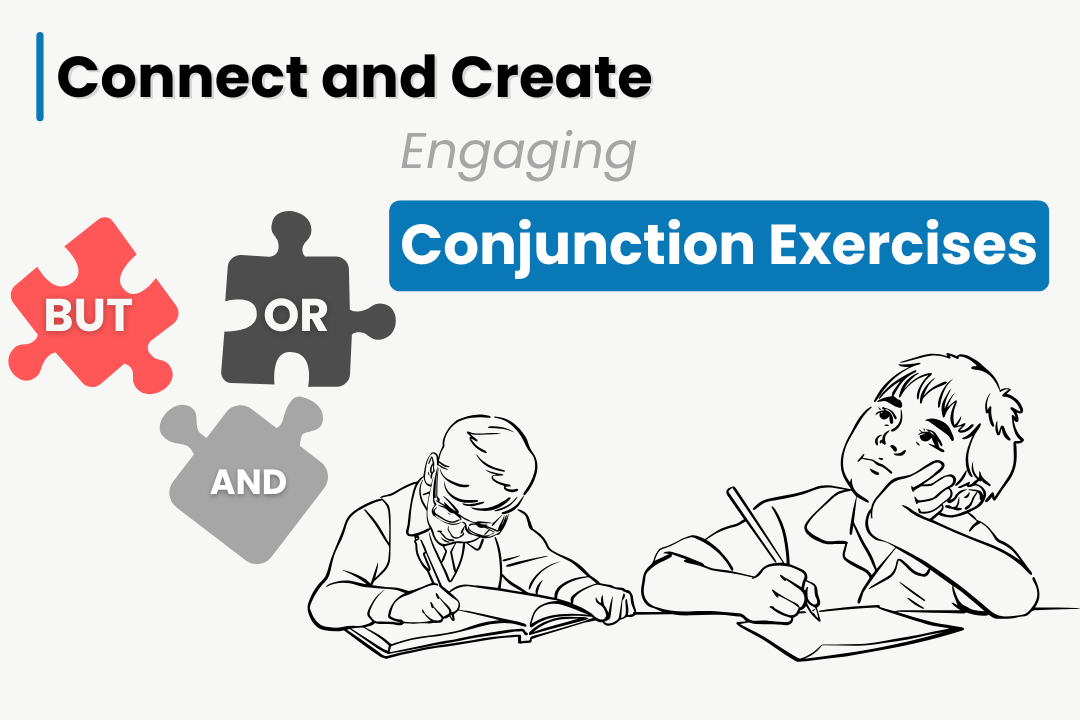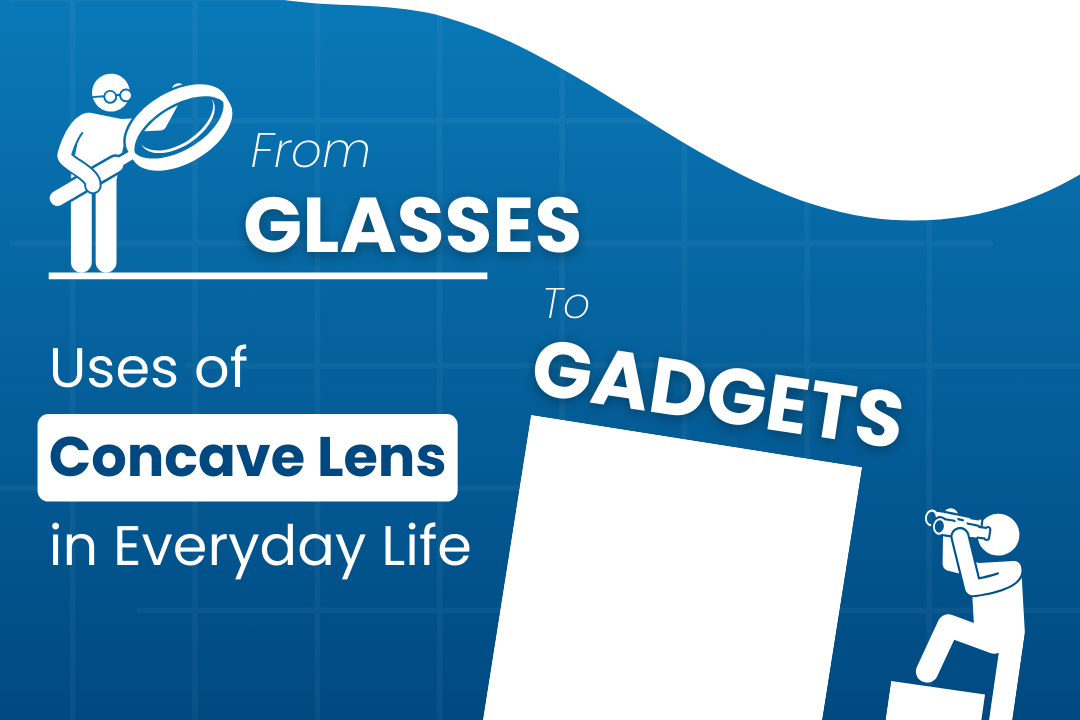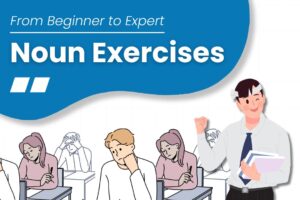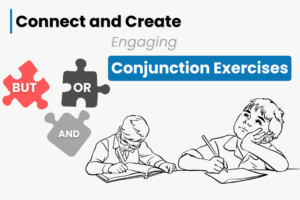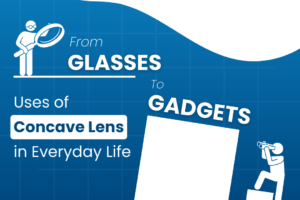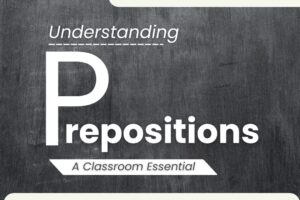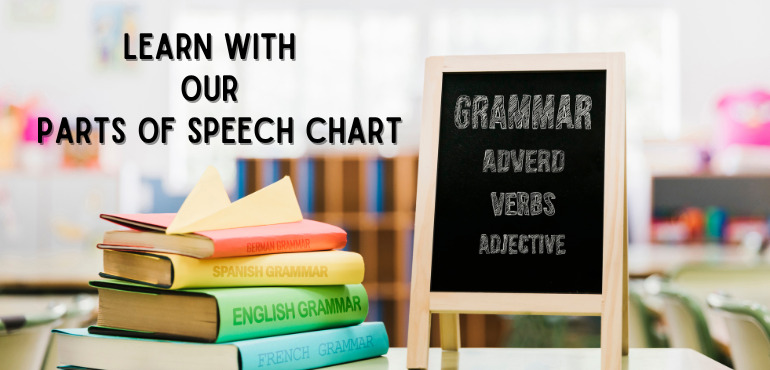
Understanding the eight parts of speech is fundamental to mastering the English language, especially for students in Class 10. These categories define each word’s role in a sentence, providing clarity and structure. Below is a chart outlining each part of speech and examples to help you grasp their usage effectively.
What is a Parts of Speech Chart?
A Parts of Speech Chart is a valuable educational tool that categorizes words based on their roles and functions within a sentence. This chart helps students understand how different types of words contribute to the structure and meaning of sentences. By studying the parts of speech, such as nouns, pronouns, verbs, adjectives, adverbs, prepositions, conjunctions, and interjections, learners can enhance their grammar skills and improve their writing and communication abilities.
- Noun – Nouns are the base of sentences, representing people, places, things, or ideas. Examples: dog, city, love.
- Pronoun – Pronouns are used in place of a noun. Examples: he, she, they.
- Verb – A word that expresses an action or state of being. Examples: run, is, sing.
- Adjective – A word that adds a description to a noun. Examples: beautiful, tall, red.
- Adverb – A word that adds meaning to a verb/adjective/adverb. Examples: quickly, very, well.
- Preposition – A word that makes the relationship between a noun, pronoun and words. Examples: in, on, under.
- Conjunction – A word that connects words, phrases, or clauses. Examples: and, but, or.
- Interjection – A word or phrase that expresses strong emotion. Examples: wow, oh no, ouch.
Understanding the different types of parts of speech is important for making the right sentences.
- Noun: Nouns are the base of sentences, representing people, places, things, or ideas. In the sentence “The dog barked loudly,” “dog” is a noun because it represents a thing.
- Pronoun: Pronouns are used to avoid repetition. In the sentence “She is going to the park,” “she” is a pronoun that replaces the noun, avoiding the repetition of a name.
- Verb: Verbs express actions or states of being. In “He runs every morning,” “runs” is a verb indicating the action.
- Adjective: Adjectives describe or modify nouns. In “The beautiful flowers bloom,” “beautiful” is an adjective that describes the noun “flowers.”
- Adverb: Adverbs describe or modify verbs, adjectives, or other adverbs. In “She sings very well,” “very” is an adverb that describes the adverb “well.”
- Preposition: A word that makes the relationship between a noun, pronoun and words. In “The book is on the table,” “on” is a preposition that shows the relationship between the book and the table.
- Conjunction: Conjunctions connect words, phrases, or clauses. In “I like both ice cream and cake,” “and” is a conjunction connecting the two items.
- Interjection: Interjections express strong emotions or sudden exclamations. In “Wow, that’s amazing!” “Wow” is an interjection conveying surprise.
Parts of Speech Chart
| Parts of Speech | Definition |
|---|---|
| Noun | Nouns are the base of sentences, representing people, places, things, or ideas. |
| Pronoun | Pronouns are used in place of a noun. |
| Verb | A word that expresses an action or state of being. |
| Adjective | A word that adds a description to a noun. |
| Adverb | A word that adds meaning to a verb/adjective/adverb. |
| Preposition | A word that makes the relationship between a noun, pronoun and words. |
| Conjunction | A word that connects words, phrases, or clauses. |
| Interjection | A word or phrase that expresses strong emotion. |
How to Use a Parts of Speech Chart
To use parts of speech chart effectively, especially for beginners learning grammar:
Reference Tool: Keep the chart handy while writing or analyzing sentences.
- Practice identifying words in sentences and labelling them with their corresponding part of speech.
- Use the chart to create your sentences, ensuring that each part of speech is represented.
- Engage in grammar games and activities that involve identifying parts of speech.
- Analyze articles, stories, or essays to identify the parts of speech.
- Consistent practice is key to mastering grammar.
Parts of Speech Chart Games and Activities
Learning grammar doesn’t have to be boring. Here are some fun games you can use with parts of the speech chart:
- Parts of Speech Bingo
- Sentence Building
- Grammar Scavenger Hunt:
- Mad Libs
- Parts of Speech Jeopardy
Conclusion
Parts of speech chart is a valuable thing for anyone learning or teaching English grammar, especially for class 10 students. It will help you to understand the grammar and English language easily. Mastering grammar takes practice, so don’t hesitate to use the chart, play games, and engage in them to enhance your grammar skills. With dedication and consistent effort, you’ll become a proficient user of the English language.

